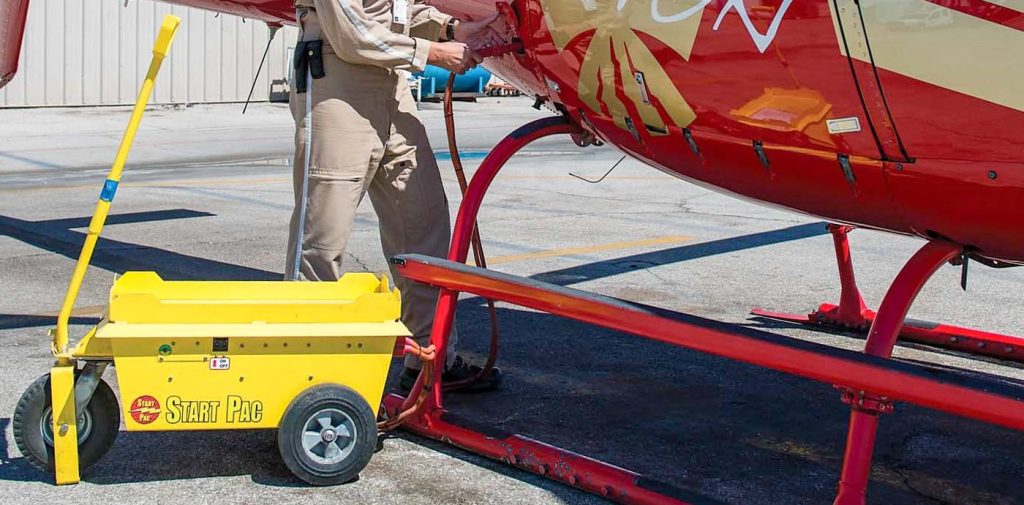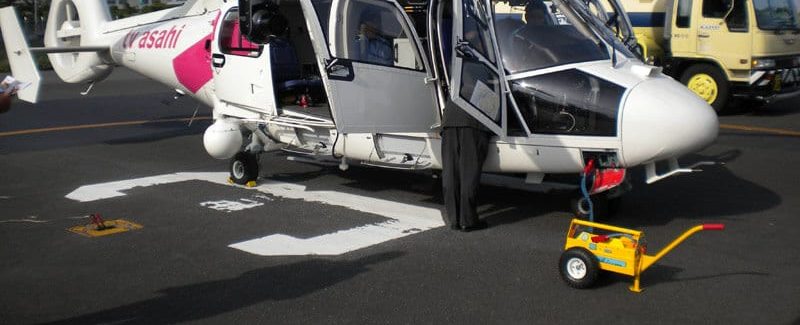How Does an Aircraft Ground Power Unit Work?

Have you ever wondered how planes and jets get power when they’re on the ground? Ground power units (GPUs) are the solution. These low-profile workers in the aircraft industry provide original power to the aircraft. In some cases, they even serve as a substitute for the onboard generators or auxiliary power units. Way to go! […]
What Is A Minimum Equipment List (MEL)?

So you’re soaring through the clouds, excitement building as your destination nears. Suddenly, a notification flashes on the instrument panel, and your heart skips a beat – an equipment malfunction? Don’t fret! Enter the Minimum Equipment List (MEL), a meticulous document that often allows flights to proceed safely even with unexpected technical hiccups. Buckle up […]



